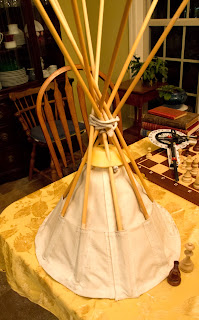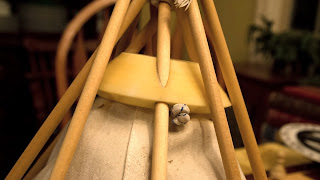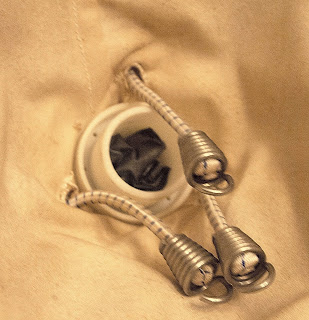Edit: I now use Fusion 360 for my home projects.
My CAD wish list:
- Free (or very low cost)*. I need a copy for five family members, and their friends.
- Open source*. My previous favorite app was sold and absorbed into a more expensive product.
- Importable/Exportable. Can't bear to leave a design locked in a proprietary format.
- True CAD. Associative, sketches, precision, all the good stuff. Written by someone who "gets it".
- Collaborative. Need to share those designs and keep up with the latest version.
I ran across Onshape in a trade article somewhere. Didn't want to get my hopes up too much, so I've put it to the test. Tonight I have completed my first test, and this looks like the real deal! It only lacks being open-source, but given the philosophy and business model of this vibrant new company, it seems like a pretty safe bet*.
My test subject:
Harmonic Transformer
The models have been exported from Alibre, and successfully imported into Onshape. I had to rebuild the dome because of errors during export. Happily, I was able to piece-part out the original model as a collection of extrudes, and then perform Boolean operations to reassemble and re-cut the dome. I did have to redraw a couple of parts, which was fairly easy.
The final dome is possibly better than the original! And the best part? Even though it is no longer a sketch-based model, in Onshape, it is live geometry! I can snap to it, project curves, move faces, and add details. Now my lovely harmonic transformer is free!
Guess what else? I've made it public in Onshape, and you can go make your own copy and play with it too! Grab that little handle, and take it for a spin! Woooooo! :) You'll need to sign in first, and it will take a minute to load in: harmonic transformer
Onshape. My new favorite tool. Go there now. Sign in. Make stuff!
*May have spoken too soon. They just changed the terms for "free" accounts, reducing the amount of storage space. While models can be exported, it is unclear to me whether an Onshape format model can be removed from "the cloud", and then restored to it without loss of functionality. The "pro" plan is costly for a recreational maker, especially for a multi-user family. So when you run out of space, there may be a big problem.










